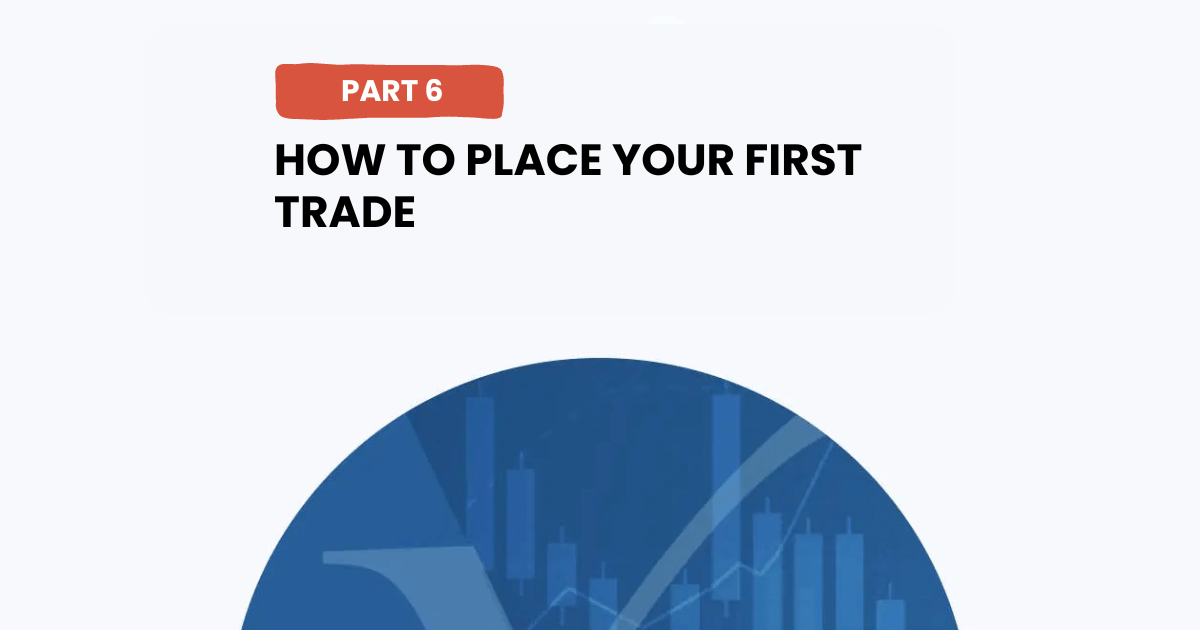
Welcome to Part 6 of our beginner's guide! By now, you should have a basic understanding of how the markets work, trading strategies, and the tools you need to start.
Now, you’ve hopefully chosen a broker and selected your trading platform. If you haven't, check those guides out first. If you have, it's time to get hands-on and place your first trade. This guide will walk you through the steps, making it as easy and straightforward as possible.
Once you're in the platform, you need to decide which instruments you want to trade.
Most brokers provide the usual CFDs across stock, forex, indices, commodities, ETFs and sometimes, even crypto.
If you’re a beginner, it might be wise to start with an asset you’re familiar with or that has lower volatility, as this can help you get comfortable with the process without significant risk.
Next, you'll need to decide what type of trade you want to make. There are two main types of trades.
Market order: This type of order is executed immediately at the current market price. A market order is best for traders who want to enter or exit a position quickly.
Limit order: This type allows you to set the price at which you’re willing to buy or sell. Your trade will only be executed when the market reaches that price. Limit orders are great for traders who want more control over the price of entry or exit.
Your position size (or lot size) is the amount you want to buy or sell. The size of your position will depend on your trading strategy and risk tolerance. It's essential to avoid risking too much on a single trade.
A common rule of thumb is to risk no more than 1-2% of your total trading capital on a single trade.
For example, for a $1,000 trading account size, you should only risk $10-$20 per trade. This helps protect your account from big losses, especially when you’re just starting out.
Setting a stop-loss and take-profit is crucial to manage risk. A stop-loss is an automatic order that will close your trade if the price moves against you by a certain amount, limiting your potential losses.
On the other hand, a take-profit order will close the trade once it reaches a certain profit level, locking in your gains.
For beginners, it's wise to always use a stop-loss. This takes the emotion out of trading decisions and ensures that you don't hold onto losing trades for too long.
Now that you've set up your trade, it’s time to monitor the market and execute. If you’re using a market order, your trade will be filled almost instantly. If you’ve set a limit order, you’ll need to wait for the market to reach your specified price.
After executing the trade, keep an eye on it but avoid overreacting to every small movement.
Markets are naturally volatile, and it's essential to stick to your strategy without letting emotions drive your decisions.
After your trade has closed, whether it’s a win or a loss, take some time to review it. Ask yourself questions like:
Learning from each trade, especially in the beginning, is one of the best ways to improve your skills. Even the most successful traders continually review and learn from their trades.
Pro tip: Learn how to journal your trades effectively and consistently. This helps build good trading habits and allows you to continuously improve.
Placing your first trade can be exciting, but try to stay calm, stick to your plan, and manage your risk properly. Remember, trading is a skill that takes time to develop—don’t rush it.
With practice, patience, and proper planning, you’ll be well on your way to mastering the markets.
Now that you know how to place a trade, it's time to put your knowledge into action!
Sign up to get the inside scoop on today’s biggest stories in markets, finance, and business.
By clicking “Sign Up”, you accept our Terms of Service and Privacy Policy. You can opt-out at any time by visiting our Preferences page or by clicking "unsubscribe" at the bottom of the email.
Leave a Reply